What Is Fine Art Photography? – Mastering Artistic Photography
What is Fine art photography and what is the definition of Fine art photography? It is an artistic photography genre where the images are produced only for their artistic and creative merits. The work produced by Fine art photographers goes further than just documenting what is in front of the lens. Today we will explore the world of Fine art photographers and look at some examples of Fine art photography.
What Is Fine Art Photography?
A definition of Fine art photography would define the style as photographic artwork produced in accordance with the artist’s vision, also referred to as artistic photography. The medium of choice for fine artists to showcase their creativity is that of photography. Fine art photographers convey a novel concept, feeling, or message that is particular to the artist. It is the antithesis of documentary photography and has no commercial intent. Nowadays, nearly everyone has a camera on their cell phone, including kids. Everybody can snap pictures.
Despite the fact that photography is more popular, there is still a big quality disparity between various images. Not to mention that there are also many other photo styles available. It might be challenging to define photography exactly and to determine what kinds of images still qualify as works of art.
Commercial photography often does not qualify as fine art. Ads, news photography, identification images, photographic proof, and other non-artistic photography genres fall under this category. Selfies, regular portraits, holiday photographs, school images, and family snapshots are examples of personal or familial photography that are not regarded as high art.
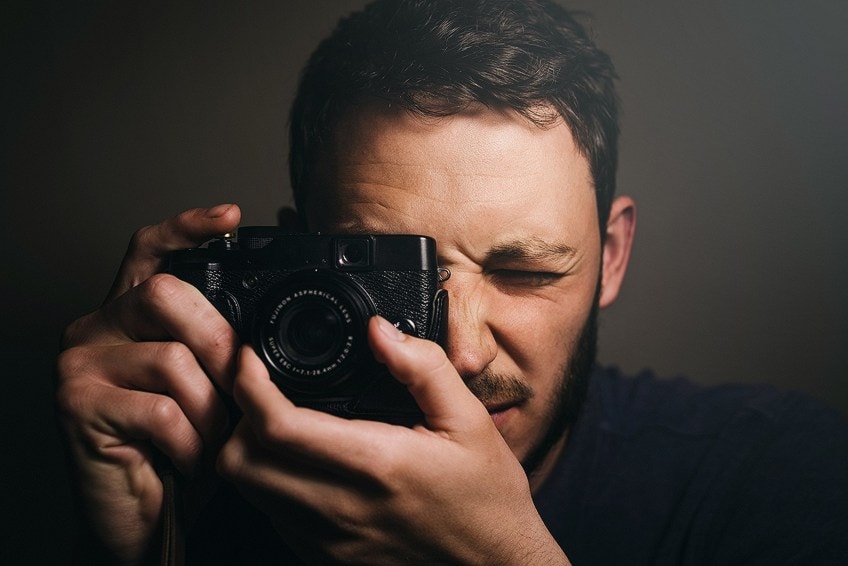
Fine Art vs. Commercial Photography
Fine art photographs are produced as works of art and as a means of artistic expression, not for use in commerce. Fine art photography adheres to the same fundamental ideas and standards as other traditional fine arts disciplines like sculpture and painting. Mixed-media or interactive art exhibitions may also use fine art photography.
Many remarkable and outstanding images are not works of high art but rather are produced for commercial use.
These comprise representational photography such as news or documentary photography, as well as magazine photography. Even while these photographers may possess remarkable talent and their images may have a significant impact, they are not regarded as high art photography. It all boils back to the photography’s intended function, which in the instance of photojournalism is to tell the narrative and chronicle rather than to represent the artist’s own original creative views and ideas.
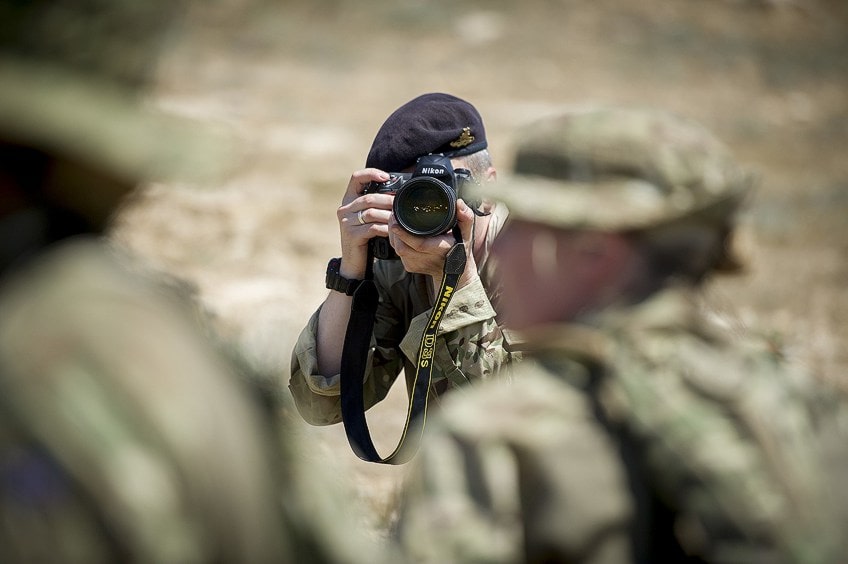
What Characterizes Artistic Photography?
Anyone can snap a picture, but not everyone is a skilled fine artist. A fine art image has to be more than just a straightforward or literal depiction of the scene or topic. A fine artist will have a distinctive style or demonstrate development in technique or subjects through time. Fine art pictures are chosen, not just any old picture. In their works, fine art photographers apply artistic concepts and components. These superb painters will take into account elements like space, balance, line, color, depth, texture, and shape, as well as the light, of course.
Fine art most effectively expresses the photographer’s emotions and aesthetic vision. It is an artistic work rather than merely a picture taken with a camera.
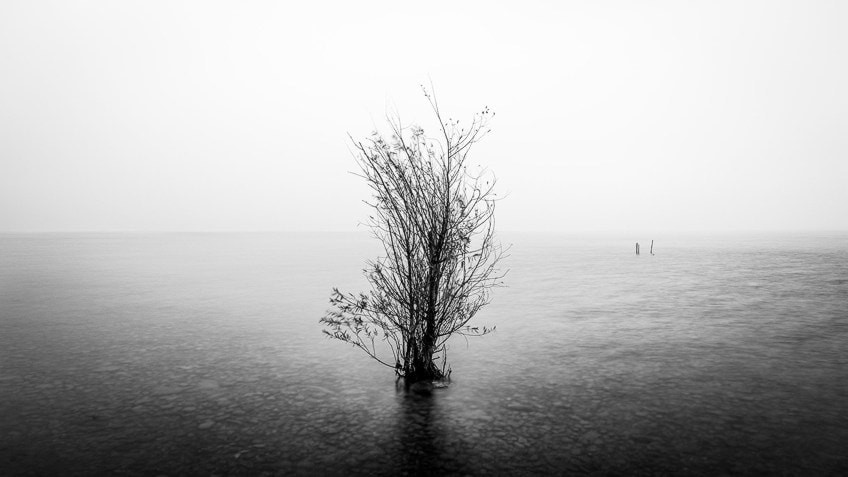
The History of Fine Art Photographers
One photographic historian asserted that John Edwin Mayall, who displayed daguerreotypes of the Lord’s Prayer in 1851, was the earliest exponent of ‘Fine Art’ or composition photography. Victorian-era photographers like Oscar Gustave Rejlander, Julia Margaret Cameron, and Charles Lutwidge Dodgson made some of the first successful attempts to create high art photography. Three people – Alfred Stieglitz, F. Holland Day, and Edward Steichen – helped elevate photography to fine art in the United States.
Stieglitz is particularly noteworthy for having introduced photography to museum collections.
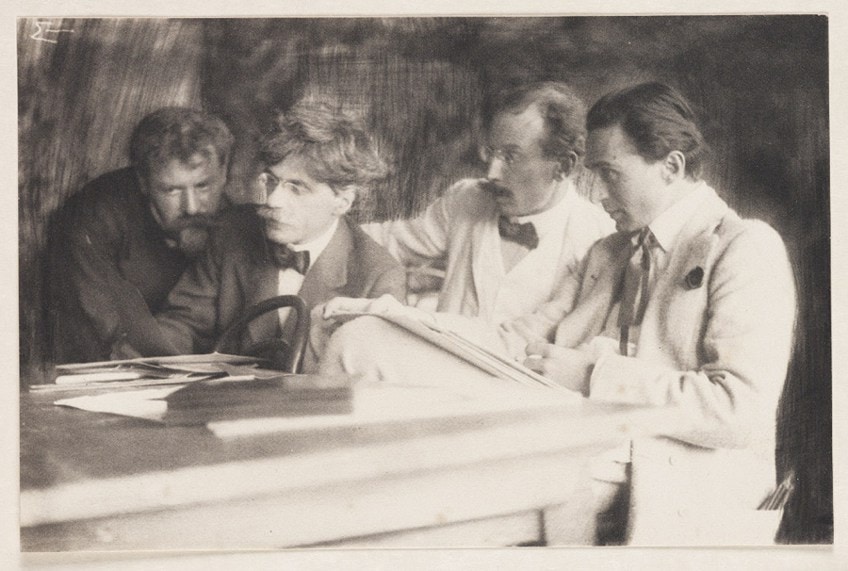
The Era Through the 1940s
Up until 1960, photography was hardly acknowledged as fine art in the UK. When he established the Photographic Fine Art Association at the time, Dr. S. D. Jouhar stated: “At the present, photography is not usually acknowledged as anything more than a skill. In some governmental circles in the USA, photography is publicly acknowledged as Fine art. It is displayed as art in galleries and exhibits. In this nation, there is no such recognition.
Pictorial photography is displayed in the London Salon, but it is not often regarded as art. An artwork is given the designation “Pictorial Photography,” which is a somewhat vague phrase, whether or not it has artistic characteristics.
To compel acknowledgment as an art rather than a craft, the photographer must have faith in his or her own abilities, as well as in the integrity and aesthetic worth of their work.
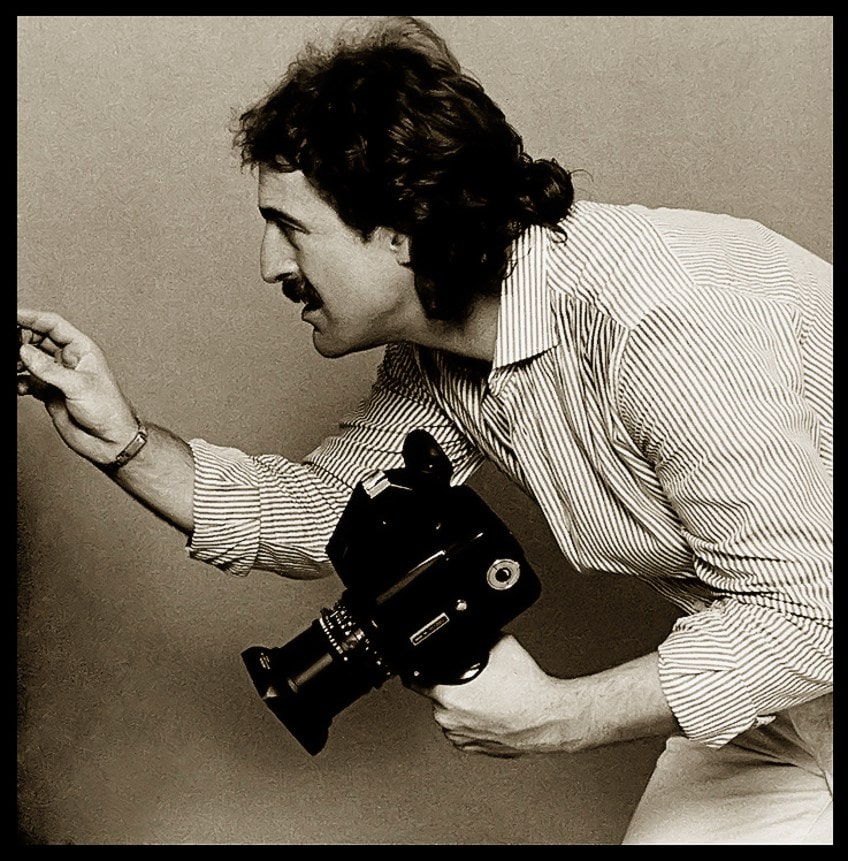
Numerous themes, such as nudity, portraiture, and natural landscapes, reigned up until the late 1970s. In the 1970s and 1980s, emerging “star” artists like Robert Mapplethorpe, Sally Mann, Robert Farber, and Cindy Sherman continued to extensively rely on these genres while seeing them with new views. Others looked at the aesthetics of a photograph. To maintain photography at the vanguard of the fine arts, American groups have made significant contributions.
A common example of institutional support for photography’s position as art is MoMA, which established a division of photography in 1940 and named Beaumont Newhall as its first curator.
From the 1950s Until Today
Instead of attempting to “find” the image already formed, there is currently a tendency toward precise staging and lighting of the photograph. Photographers with renowned reputations for the caliber of their staged images include Jeff Wall and Gregory Crewdson. A new path in full spectrum photography has also been made possible by recent technology advancements in digital photography, where precise filtering decisions throughout the ultraviolet, transparent, and infrared lead to fresh aesthetic perspectives.
Since roughly 1980, printing technology has advanced, making the reproduction of a photographer’s fine art prints in a limited-edition book increasingly appealing to collectors.
This is thus because books often have expensive manufacturing costs, a small print run, and a small market that prevents them from being frequently reproduced. Individual photographers’ photographic books are quickly becoming collectible items.
More than 7,000 pictures were sold at auction in the year 2004. The majority – about 80% – were sold in the US. Of course, only a small portion of all private sales are documented through auction sales. The most coveted art photographers will now create high-quality archival prints in strictly restricted editions for the growing collectors’ market.
Online art shops’ attempts to sell reproductions of paintings and great photography to the public at large have had varying degrees of success, with the strongest sales coming from the conventional “big names” of photography like Ansel Adams.
A “naturalistic” aesthetic, including “natural lighting” as a quality in itself, is what some fine artists purposefully pursue in conjunction with the “digital movement” toward modification, filtering, or resolution adjustments. Sometimes, like in the case of Gerhard Richter, the artwork is composed of an image that has been afterward painted over with oil paints or carries additional cultural or economic meaning. The distinction between paintings and photography, which was formerly clear-cut, is now blurred by the emergence of “photographically-projected painting.”

Creating Fine Art Photography Yourself
Fine art photography blends technical proficiency with the process of developing conceptual concepts. Since fine art photography is a creative kind of photography, your success will depend on your own ideas and vision. More innovative and significant fine art photographers successfully express their distinctive original thoughts through their images.
Techniques to Explore
Both digital and analog cameras may be used to make fine art photography. Some traditional fine art photographers don’t employ digital methods or post-production editing. Whether it’s in a darkroom or a digital editing program, photographers may make changes to their photos as they are being processed. For photo editing, many contemporary artists employ digital tools like Photoshop.
Depending on their style and concept, photographers can also decide whether to shoot in a studio or outside.

Doing Fine Art Photography Yourself
The fundamentals of photography must be understood by fine art photographers. Many fine art photographers pursue formal education, learning the fundamentals of analog and digital photography as well as developing methods. Although they are essential abilities for photography, they do not create an artist. An artist should also picture how their work will appear and what it will mean before starting to create it. To convey a message or a feeling, Fine art photography has to represent this vision and notion.
Although there are some guidelines that aspiring photographers might follow to enhance their artworks, what constitutes good fine art is always a matter of opinion.
To produce a body of work that flows together, study the works of great photographers. Try out different color grading and processing techniques. For the entirety of your body of work, concentrate on a single subject. Grasp the photography’s technical aspects.
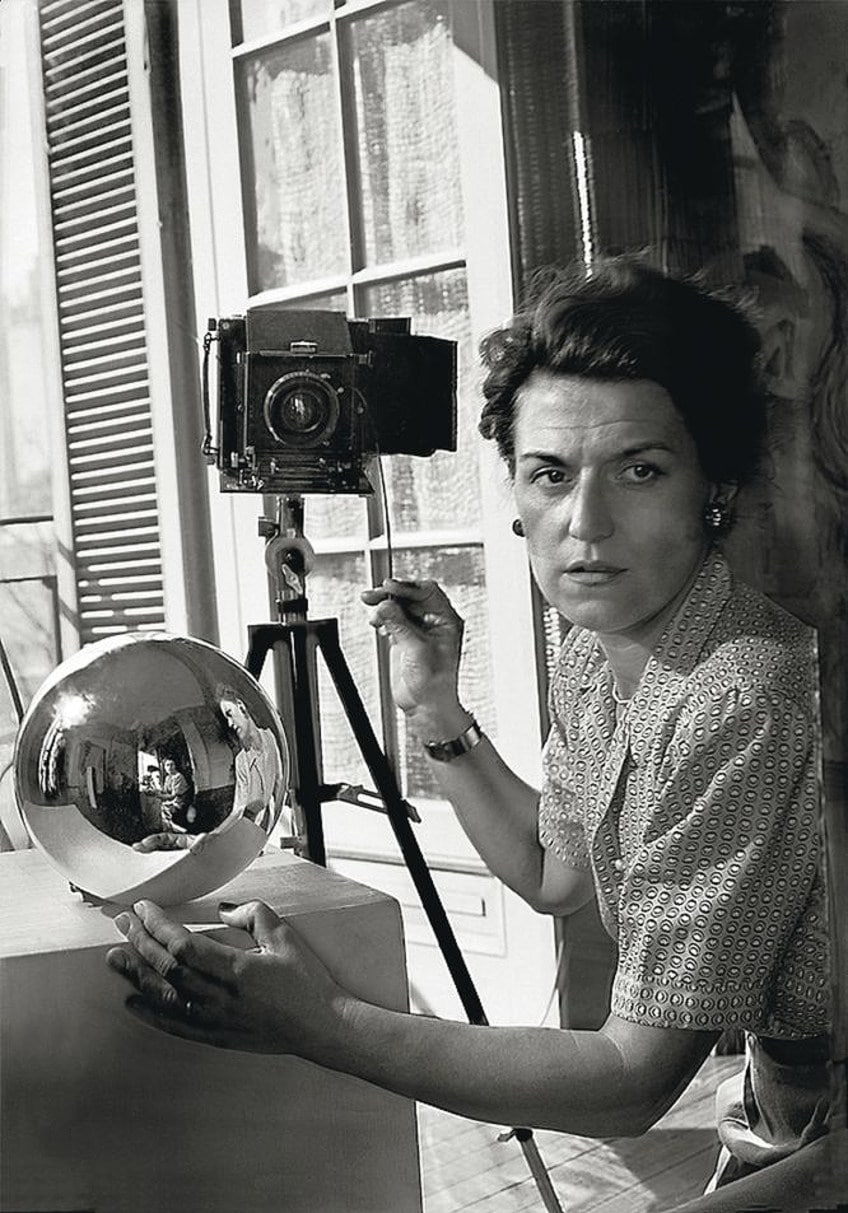
Remain faithful to your unique perspective and stay away from presets made by other artists. Whether using analog or digital processing, photographers have the ability to edit and modify their photographs. Both of these editing methods, whether done in a dark room or a computer editing program, need some learning.
A good artist should modify their work in a distinctive and creative way, even if many software now provides presets or pre-made filters.
The majority of photographers will enroll in higher education or graduate with a bachelor’s degree in fine arts or a closely related discipline. Although obtaining this education is not necessary in order to become a fine art photographer, it might increase an artist’s abilities and job chances. An artist can learn about experimenting, gain technical proficiency, and further their style growth with the use of formal art education.
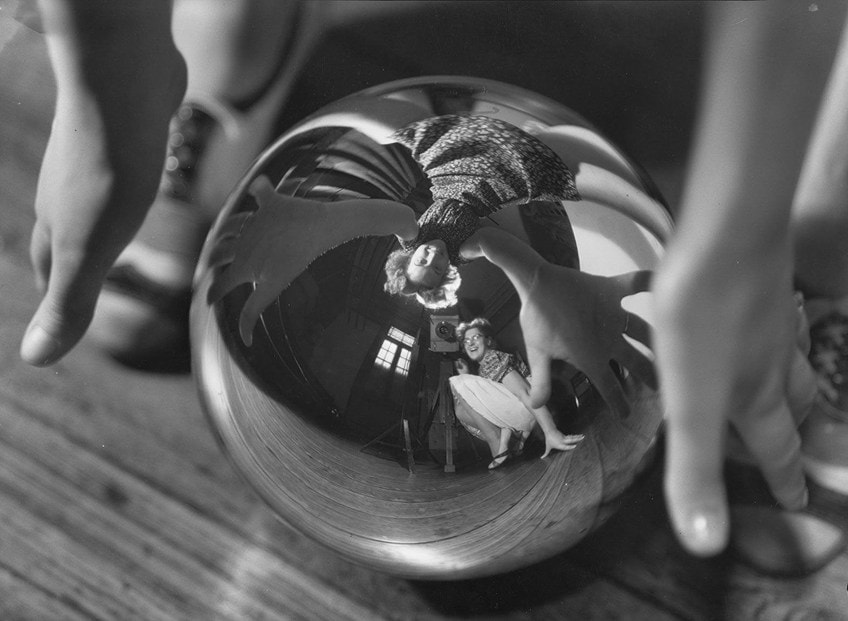
Examples of Fine Art Photography
Some people question whether photography qualifies as an art form. The appropriate position in that argument is obvious to all professional photographers and filmmakers. However, simply because photography is a form of art does not immediately mean every image created a work of art.
Photography may be both artistic and non-artistic at the same time.
In contrast to fine art images, non-artistic photographs frequently employ techniques like undertone, symbolism, and juxtaposition. To clarify what is Fine art photography, here is a list of examples of Fine art photography.
- Le Violon d’Ingres (1924) by Man Ray
- Rose and Driftwood (1932) by Ansel Adams
- Dalí Atomicus (1949) by Philippe Halsman
- Milk Drop Coronet (1957) by Harold Edgerton
- Brian Ridley and Lyle Heeter (1979) by Robert Mapplethorpe
- Immersions (1987) by Andres Serrano
- Cimitero Monumentale di Milano (2000) by Augusto De Luca

That concludes our look into the artistic photography style known as Fine art photography. The goal and meaning of a photograph are perhaps the most significant factors that define high art photography. A fine art image varies from photojournalism or a selfie in that it depicts something other than our everyday experience. Unlike other types of photography, which capture reality, this sort of photography produces something new.
Take a look at our fine art photography webstory here!
Frequently Asked Questions
What Is Fine Art Photography?
Fine art photography can be regarded as a type of photography that presents the artist’s perspective behind the camera instead of the objective truth of whatever topic the camera is focused on. This status may be attributed to photography depending on critical reception and the goal behind its creation, which distinguishes it from other types of photography. Fine art photography may be made with any sort of still camera, as the artist, not the instruments they employ, dictates the creativity of a shot.
What Is the Definition of Fine Art Photography?
Fine art photography is often classified as editorial photography, and it is as much about the photographer as it is about the image itself. The caliber of the photography, as well as the intention behind each shot, are important considerations. All genres of photography have the potential to become fine art. Given enough consideration and purpose behind the creative decisions that go into shooting a spectacular shot. Look for methods to improve the aesthetic worth of each shot the next time you’re out shooting images. Focus on these strategies, as well as the principles of composition, illumination, and contrast, to improve the quality of your photographs.
Jordan Anthony is a film photographer, curator, and arts writer based in Cape Town, South Africa. Anthony schooled in Durban and graduated from the University of the Witwatersrand, Johannesburg, with a Bachelor of Art in Fine Arts. During her studies, she explored additional electives in archaeology and psychology, while focusing on themes such as healing, identity, dreams, and intuitive creation in her Contemporary art practice. She has since worked and collaborated with various professionals in the local art industry, including the KZNSA Gallery in Durban (with Strauss & Co.), Turbine Art Fair (via overheard in the gallery), and the Wits Art Museum.
Anthony’s interests include subjects and themes related to philosophy, memory, and esotericism. Her personal photography archive traces her exploration of film through abstract manipulations of color, portraiture, candid photography, and urban landscapes. Her favorite art movements include Surrealism and Fluxus, as well as art produced by ancient civilizations. Anthony’s earliest encounters with art began in childhood with a book on Salvador Dalí and imagery from old recipe books, medical books, and religious literature. She also enjoys the allure of found objects, brown noise, and constellations.
Learn more about Jordan Anthony and the Art in Context Team.
Cite this Article
Jordan, Anthony, “What Is Fine Art Photography? – Mastering Artistic Photography.” Art in Context. July 29, 2022. URL: https://artincontext.org/what-is-fine-art-photography/
Anthony, J. (2022, 29 July). What Is Fine Art Photography? – Mastering Artistic Photography. Art in Context. https://artincontext.org/what-is-fine-art-photography/
Anthony, Jordan. “What Is Fine Art Photography? – Mastering Artistic Photography.” Art in Context, July 29, 2022. https://artincontext.org/what-is-fine-art-photography/.


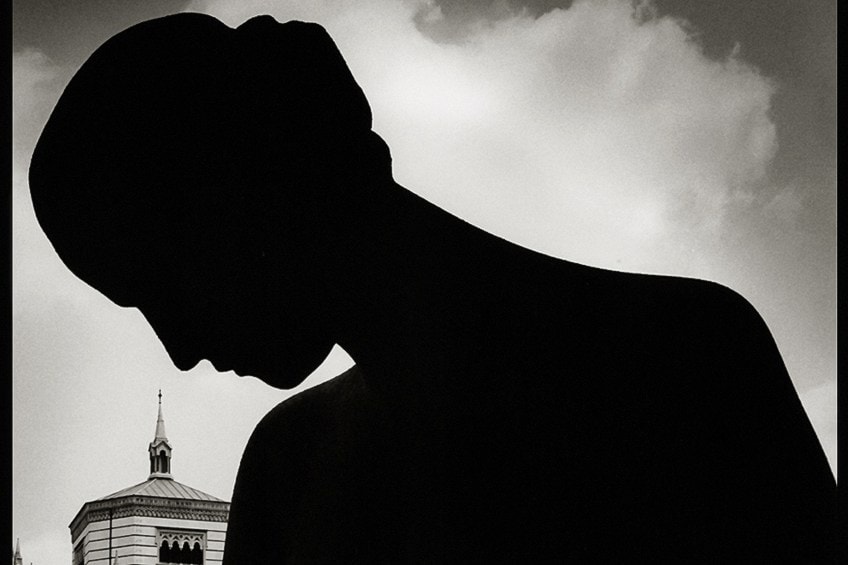

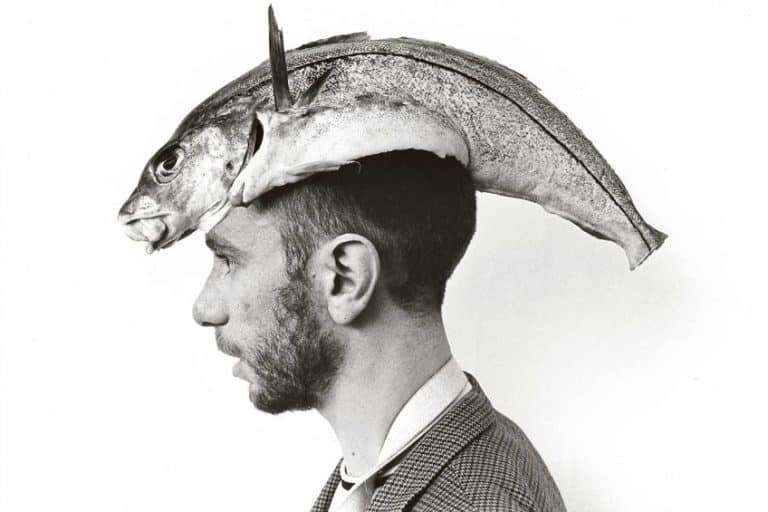

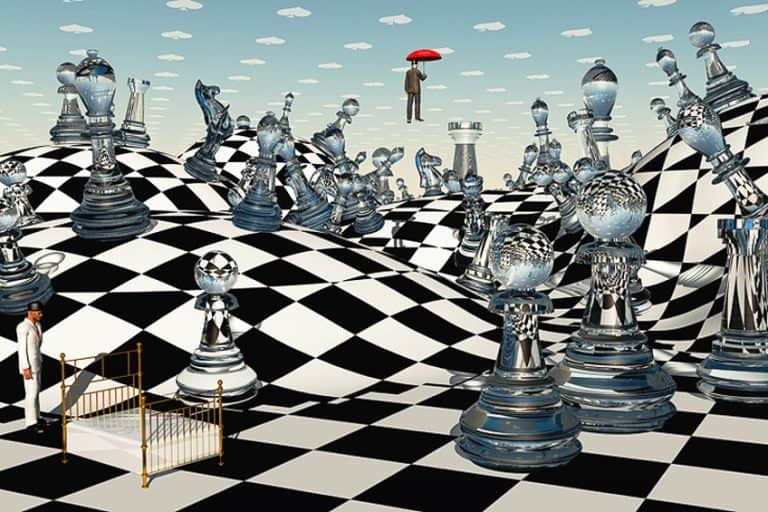


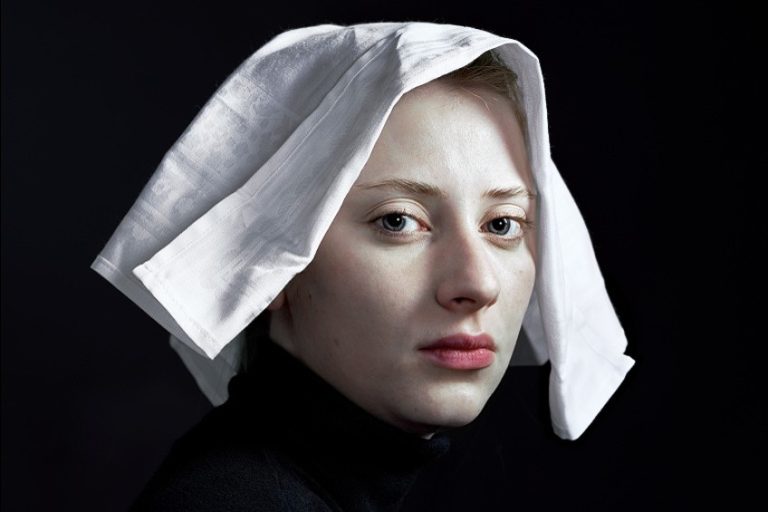
I made the decision to learn more about fine art photography because my cousin has shown an interest in it. It’s fortunate that I stumbled upon your blog, as you mentioned that fine art photography follows the same basic principles and guidelines as other conventional fine arts disciplines, such as painting and sculpture. I’ll be sure to share this with him because it may provide some insight into it. I’ll look into photographers that he can look into as well.